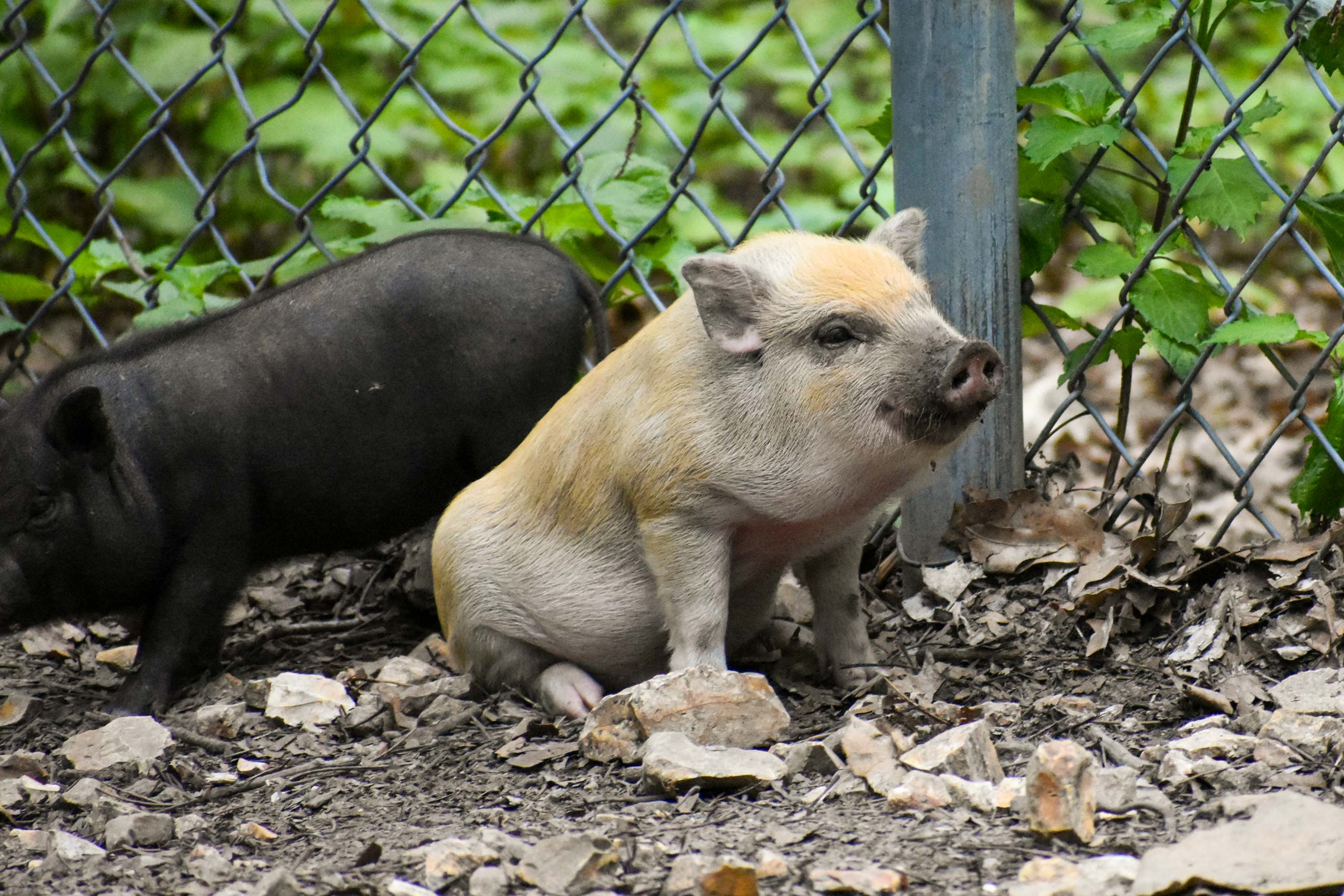Summer break is here and that means school’s out and it’s time for vacation and family outings. While you’re probably eager to make the most of summer break, it can be a little stressful too. After all, it’s hard to plan outings that make everyone happy and works with everyone’s schedule and budget.
The following tips can help make summer trip planning easier no matter how big your family or the ages of your kids.
- First and foremost, consider the ages and the age ranges among the members of your family. If you have all school-aged children, you’ll have a lot easier time finding an outing that appeals to everyone.
A few all-age family outings to consider includes:
– Outdoor water park
– Amusement parks
– Museums
– Day camps
-Interactive fun centers, such as discovery centers
If you have older children, get them involved in the planning process as well. They can offer ideas, look u information on potential destinations and even help you figure out costs. Making planning a family event is a great way to ease your burden and ensure that everyone gets to do something they want.
- Next, you’ll want to create a family calendar. This is a central calendar that you can use to plan everything for the summer months. Include work schedules, doctor appointments, visits from family, and anything else you’re obligated to attend. This is the easiest way to get a snapshot of free days and busy days so you can plan trips without conflicts. You might find it easier to give everyone a different color or to categorize events by color so you can glance at your calendar and quickly see who is doing what.
- Budgets are especially important when you’re trying to plan an entire summer’s worth of events. Make it easier on yourself by creating monthly entertainment budgets. Each month’s budget will probably be different if you’re planning on participating in summer camps or want to take a few mini-trips. Looking ahead into what you want to do and setting up budgets beforehand can help you even out costs so you can make it all happen. These budgeting tips can help you navigate family budgets so you can stretch your dollars further.
- Don’t underestimate the fun that can be had right in your own backyard. You don’t have to go on expensive, long trips to have a memorable summer! Check out local guides online to find fun things to do in and around your town. And then there are day trips, which give you a bit more adventurous but still far less expensive than traditional summer vacations.
Summer is supposed to be full of fun and relaxation, but sometimes planning everything can take a bit of the joy away. With these tips, you can more easily create some family memories without going crazy or breaking the budget. And of course, if you’re looking for a fun and interesting all-age trip, we’ve got you covered. Visit this link to start planning your trip today.


